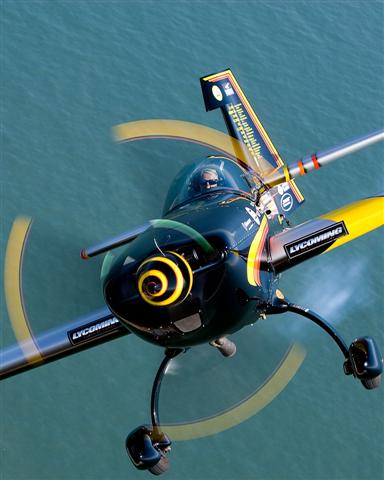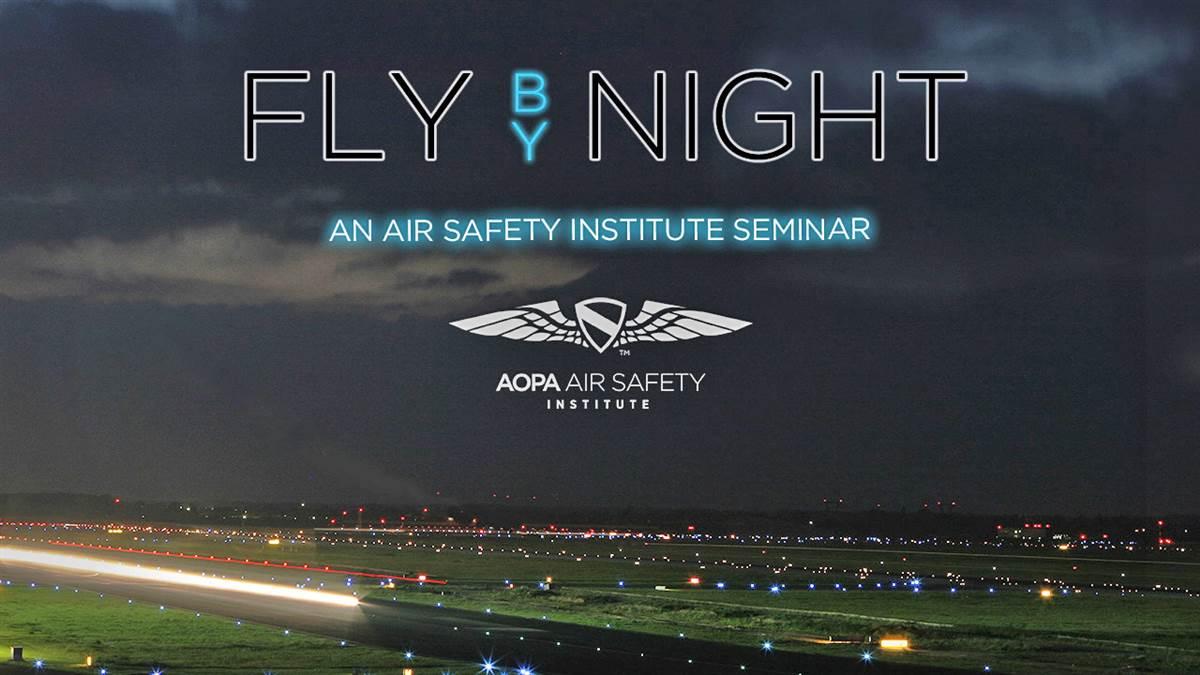AOPA is working to enact safety recommendations the National Transportation Safety Board believes could elevate the filing of pilot weather reports (pireps) from a low-priority chore to a routine action.
Pireps give other pilots valuable information about actual conditions in flight. But the NTSB’s investigative report Improving Pilot Weather Report Submission and Dissemination to Benefit Safety in the National Airspace System catalogs reasons why the system that collects and distributes pireps is so inefficient that it discourages the filing of pireps, and hinders their dissemination.
The NTSB also addressed a variety of recommendations to aviation stakeholders, including AOPA and the AOPA Air Safety Institute, for turning the system around.
“AOPA has had discussions with FAA Flight Service, the private flight service contractor Leidos, and the National Air Traffic Controllers Association to express our support for the NTSB recommendations,” said Rune Duke, AOPA director of airspace and air traffic. “We plan to work collaboratively on implementing the recommendations to ensure general aviation has a simple process to submit pireps, and that more are entered into the system correctly.”
How slow?
FAA explains revisions to slow flight, stall tasks
The FAA has issued a safety alert for operators to explain the most recent changes to airman certification standards for the performance of slow flight and stall tasks in airplanes by private and commercial pilot applicants.
When the Private Pilot-Airplane ACS debuted in 2016, it revised the evaluation of slow flight “to reflect maneuvering without a stall warning (e.g., aircraft buffet, stall horn, etc.).” In 2017, the FAA modified the phrasing of the skill element to require establishing and maintaining “an airspeed at which any further increase in angle of attack, increase in load factor, or reduction in power, would result in a stall warning (e.g., aircraft buffet, stall horn, etc.).”
The alert offers a procedure for setting up the maneuver, involving slowing the airplane “to the stall warning in the desired configuration,” noting the speed, and then adjusting for a slightly higher airspeed to serve as the baseline speed for the demonstration.
The ACS modifications, collaboratively produced by the FAA and an industry advisory working group, address the need for training that prevents pilot loss of control in flight.
Going graphical
Most area forecasts to cease October 10
As part of a transition to more modern digital and graphical forecasts, the National Weather Service will cease production of text-based area forecasts (FAs) covering the contiguous United States on October 10.
The NWS compiled improved aviation weather information into a graphical forecasts for aviation (GFA) tool (www.aviationweather.gov/gfa). During a transition period beginning in July, pilots may continue to access FAs but are encouraged to consult improved aviation weather products and services.
Area forecasts for Hawaii, Alaska, the Caribbean, and the Gulf of Mexico will continue to be available in text form.
News
WVU/FlightSafety joint degree program
The West Virginia University Institute of Technology and FlightSafety International launched the first class of the joint Bachelor of Science in Aviation Management degree program in August. Students will take WVU Tech’s business, management, aviation, and general education curriculum online. Concurrently, the students enter FlightSafety Academy's professional pilot training program, in Vero Beach, Florida. There they can become certified in single and multiengine aircraft to the commercial pilot level.
Prospective candidates who already hold pilot certifications can also join the program and receive credit for those qualifications, provided they meet certain conditions. “Whether they seek to start from the beginning or continue to develop their professional accreditation, potential pilots will find the match between WVU Tech’s business curriculum and FlightSafety Academy’s flight training to be the best way to ensure their career trajectory starts off on the right path,” said Frank Robbins, aviation program coordinator at WVU Tech.
The program offers significant experience to students, with the opportunity upon graduation to work as an instructor at FlightSafety Academy. This feature lets students gain the necessary 1,500 hours of flight experience now required by most airlines. Participants in the program will also have access to FlightSafety’s airline transport pilot certification training program, conducted at the company’s Learning Centers around the United States.
“We are proud to partner with WVU Tech and provide our customers the opportunity to acquire a fully rounded academic degree, one that will serve them well as they become professional pilots, and compliment the world-class flight training offered by FlightSafety Academy for more than 50 years,” said Nancy Ritter, manager of FlightSafety Academy.

 New Fall Seminar: 'Fly By Night'
New Fall Seminar: 'Fly By Night'

